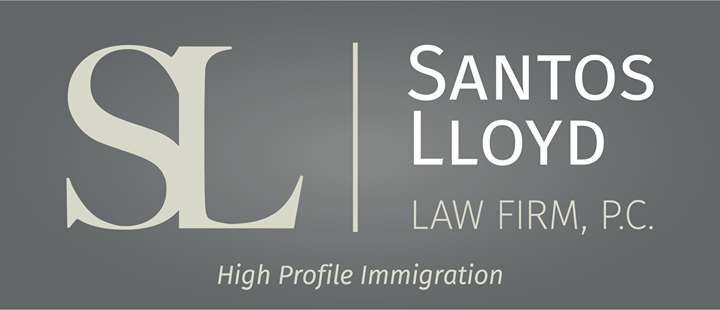Vous faites du commerce avec les États-Unis ? Vous pourriez avoir droit à un visa
Shirin Navabi • April 3, 2025
Click here to read this article in English
Pour les propriétaires d'entreprises internationales et les entrepreneurs engagés dans le commerce transfrontalier avec les États-Unis, la possibilité d'étendre leurs activités et d'établir une présence physique aux États-Unis peut être plus accessible que prévu. Le visa E-1 Treaty Trader
est spécialement conçu pour faciliter ce type d'activité commerciale et offre une voie stratégique permettant aux personnes qualifiées de vivre et de travailler aux États-Unis tout en gérant ou en développant des relations commerciales.
Alors que l'année 2025 a été marquée par une tendance à la modification de la politique d'immigration, le visa E-1 reste une option viable et accueillante. En dépit d'un examen plus approfondi des différentes catégories d'immigration, ce visa reste adapté à ceux qui participent à des échanges commerciaux réguliers et qualifiés avec les États-Unis. Sa structure et son objectif s'alignent bien sur les réalités commerciales actuelles, ce qui en fait un choix stable, même en cas de changement de politique.
Le visa E-1 est accessible aux ressortissants des pays qui ont conclu un traité de commerce et de navigation avec les États-Unis. Pour en bénéficier, les demandeurs doivent démontrer qu'ils sont engagés dans un commerce substantiel - défini comme un flux continu de transactions internationales importantes - principalement entre leur pays d'origine et les États-Unis. Il met plutôt l'accent sur les échanges commerciaux actifs, tels que le transfert régulier de biens, de services ou de technologies.
Ce visa s'applique à un large éventail d'industries, y compris, mais sans s'y limiter, l'industrie manufacturière, la logistique, les services professionnels, le conseil, la finance, le tourisme et la technologie. Si plus de 50 % de vos échanges internationaux se font avec les États-Unis et que votre activité commerciale est cohérente et bien documentée, le visa E-1 peut correspondre à votre modèle d'entreprise actuel.
Outre sa flexibilité, le visa E-1 est renouvelable tant que l'activité commerciale se poursuit. Il offre également des avantages aux membres de la famille éligibles : les conjoints et les enfants célibataires de moins de 21 ans peuvent accompagner le titulaire principal du visa, et les conjoints peuvent demander une autorisation de travail aux États-Unis, ce qui offre un soutien supplémentaire et des opportunités financières à la famille.
Cette catégorie de visa est particulièrement adaptée aux professionnels qui opèrent déjà sur les marchés internationaux et qui cherchent à officialiser ou à étendre leur présence aux États-Unis. Elle récompense un engagement actif, des performances commerciales avérées et des partenariats commerciaux à long terme.
Si vous êtes actuellement engagé dans le commerce avec les États-Unis et que vous envisagez d'étendre vos activités commerciales, le visa E-1 Treaty Trader peut constituer une solution claire et efficace. Les avocats du cabinet Santos Lloyd Law Firm sont là pour vous aider à évaluer vos qualifications et vous guider à chaque étape du processus avec clarté, stratégie et confiance.
Ce blog n'est pas destiné à fournir des conseils juridiques et rien ici ne doit être interprété comme établissant une relation avocat-client. Veuillez prendre rendez-vous avec un avocat spécialisé en droit de l'immigration avant d'agir sur la base de toute information lue ici.

Once you have connected with a college program, have been admitted to the school, and deemed eligible to compete athletically, you will need to secure an F-1 student visa in order to actually attend your new college and begin your time as a student athlete. The first step in the visa process is to receive your Form I-2

For many talented athletes around the world, U.S. college athletics represent a remarkable opportunity to combine elite athletic competition with higher education. In sports such as basketball, soccer, track and field, and tennis, among others, hundreds of colleges and universities across the United States offer struct

Under the new regulation, if a person filed or files Form I-589, Application for Asylum and for Withholding of Removal after October 1, 2024, and the application remains pending with USCIS for 365 days, the applicant must pay an Annual Asylum Fee (AAF) on the one-year anniversary of his or her filing date.



